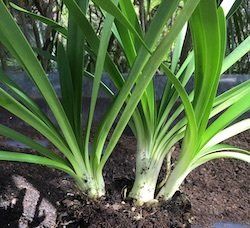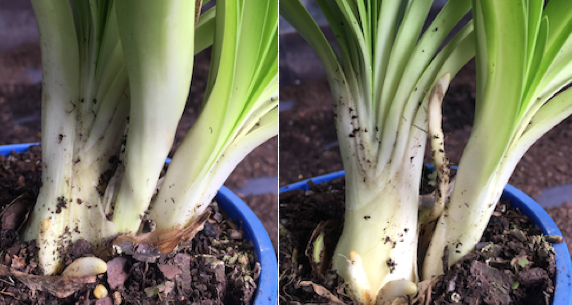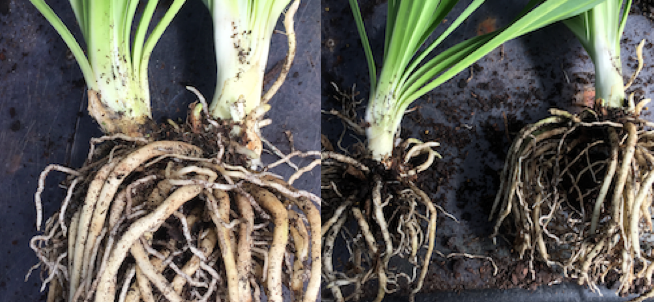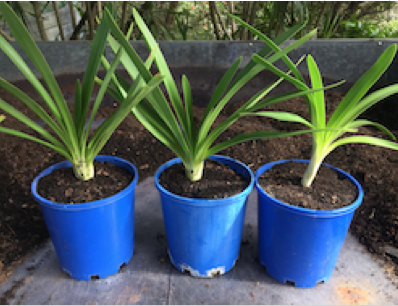Dividing and transplanting agapanthus
One advantage of growing agapanthus is that once you've got one, you're guaranteed to have more, because they multiply by themselves in clumps. However, if left untouched for any length of time, they will become overcrowded and may flower poorly.
Lifting and dividing agapanthus every 3 to 4 years will promote better flowering. If you have too many new plants, there is evidence that retaining the newer offsets is preferable to retaining the older mature plants as they flower better. Discard any surplus material responsibly to ensure there is no environmental escape.
Only divide agapanthus after flowering. The best time to do this is in autumn. Other than via seed, agapanthus multiply in two ways:
- offsets to the main plant; and
- by spliting into two plants after flowering.




